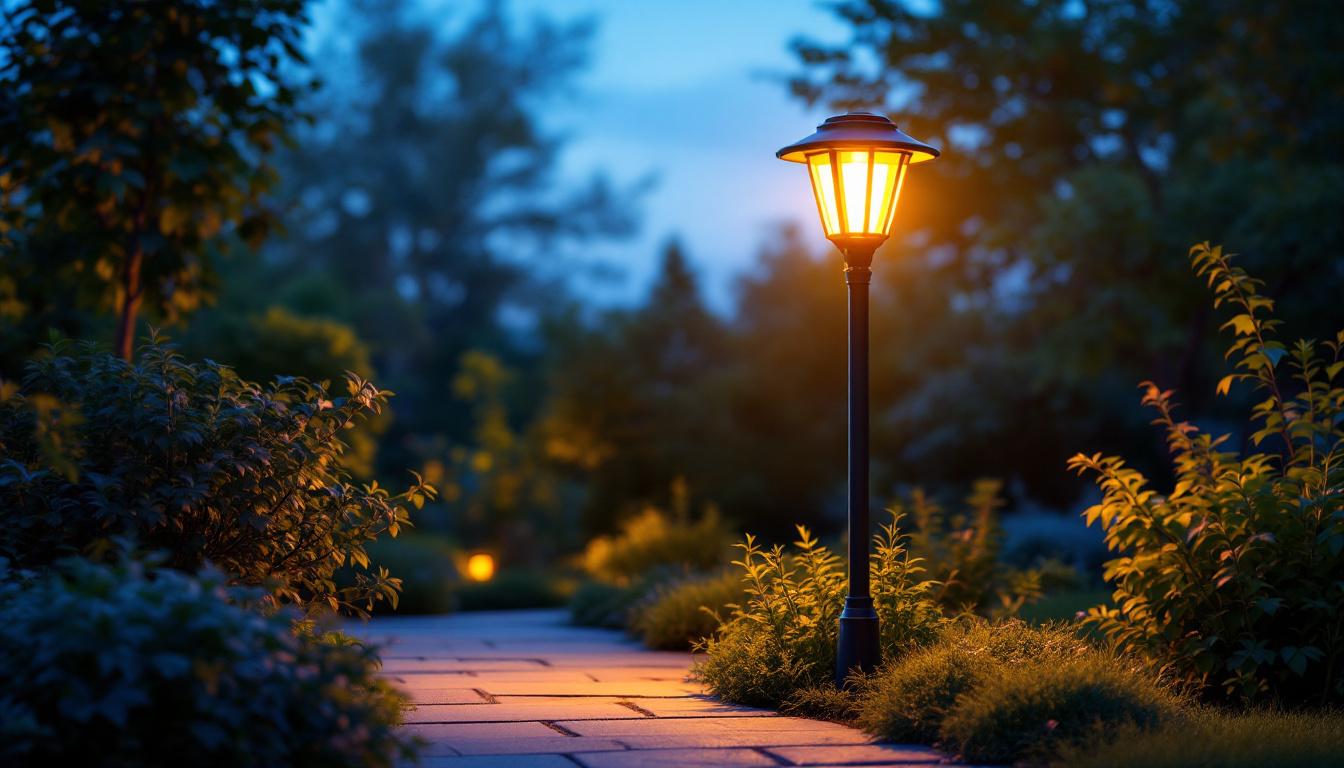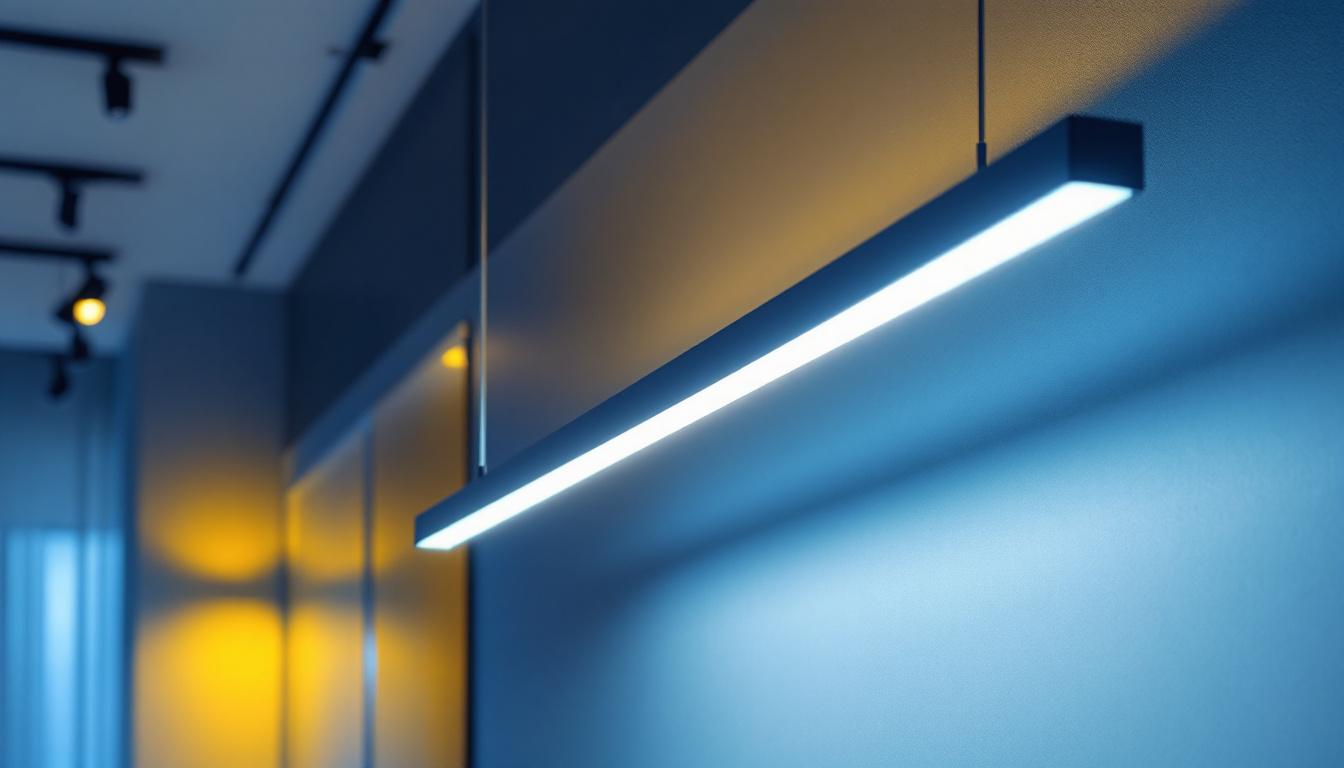
recessed lighting has become a staple in modern interior design, offering a sleek and unobtrusive way to illuminate spaces. Among the various sizes available, the 6-inch recessed light trim is particularly popular due to its versatility and ability to provide ample light. However, lighting contractors often face a unique set of challenges when working with this specific trim size. Understanding these challenges is crucial for ensuring a successful installation and meeting client expectations.
This article delves into the top challenges that lighting contractors encounter when dealing with 6-inch recessed light trims, providing insights and strategies for overcoming them. From installation issues to ensuring energy efficiency, these factors can significantly impact the overall quality of the lighting project.
One of the primary challenges contractors face is the need for precise measurements and placement. Unlike surface-mounted fixtures, recessed lights require careful planning to ensure that they are installed at the correct height and distance from walls and other fixtures. This is particularly important in spaces with varying ceiling heights or architectural features that may obstruct light. Additionally, contractors must consider the beam angle and light distribution to achieve the desired ambiance, which can be a complex task depending on the room’s layout and purpose.
Another significant factor is the compatibility of the trim with different types of bulbs. The 6-inch trim can accommodate various lighting options, including LED, incandescent, and halogen bulbs, each with its own set of advantages and drawbacks. For instance, while LED bulbs are energy-efficient and have a longer lifespan, they may require specific dimmers or drivers to function optimally. Contractors must stay informed about the latest advancements in lighting technology and ensure that the chosen bulbs align with the client’s aesthetic preferences and energy efficiency goals.
One of the primary challenges contractors face when installing 6-inch recessed light trims is dealing with space constraints. In many residential and commercial settings, the ceiling space may be limited, making it difficult to install the necessary housing for the lights. This can lead to complications, especially in areas with ductwork, plumbing, or other obstructions.
To navigate this issue, contractors must carefully plan the layout of the recessed lighting. Utilizing tools such as laser levels and measuring tapes can help ensure precise placement, minimizing the risk of encountering hidden obstacles. Additionally, opting for low-profile housing options can provide more flexibility in tight spaces. In some cases, contractors may also consider the use of adjustable or swivel trims, which can help direct light in specific areas, compensating for any spatial limitations.
Furthermore, understanding the structure of the ceiling is crucial. For instance, in older buildings, the presence of wooden beams or metal supports can further complicate installation. Contractors often need to assess the ceiling’s framework to determine the best approach, which may involve additional modifications or reinforcements to accommodate the recessed lights safely.
Achieving proper alignment of recessed lights is critical for both aesthetic and functional purposes. Misalignment can lead to uneven lighting, creating unwanted shadows or overly bright spots in a room. This issue is particularly prevalent when multiple fixtures are installed in a grid pattern.
To ensure proper alignment, contractors should take the time to mark the locations of each light before installation. Using a template or guide can help maintain consistent spacing and alignment across all fixtures. Additionally, double-checking the alignment during installation can save time and effort in the long run. It’s also beneficial to consider the height of the ceiling and the intended use of the space; for example, higher ceilings may require more fixtures to achieve the desired brightness and ambiance.
Moreover, the choice of trim style can influence alignment. Trims that are adjustable or have a wider beam spread can help mitigate minor misalignments by providing a broader area of illumination. This adaptability can be particularly useful in spaces where achieving perfect symmetry is challenging, allowing for a more forgiving approach to installation while still delivering effective lighting solutions.
Electrical wiring is another critical aspect of installing 6-inch recessed light trims. Contractors must ensure that the wiring is adequate for the fixtures being installed, which can be challenging in older buildings where the electrical system may not meet current standards. This can lead to complications such as flickering lights or even tripped circuit breakers.
To address these wiring challenges, contractors should assess the existing electrical system before installation. Upgrading the wiring or installing dedicated circuits for the recessed lights may be necessary to ensure optimal performance. Additionally, understanding local electrical codes and regulations is essential to avoid potential safety hazards. In some cases, it may also be beneficial to consult with an electrician who specializes in retrofitting older homes, as they can provide insights into the most effective solutions for wiring upgrades while minimizing disruption to the existing structure.
Moreover, the placement of the recessed lights can further complicate wiring considerations. For instance, if the lights are to be installed in a ceiling with insulation, contractors must ensure that the wiring is not only safe but also compliant with fire safety standards. This often involves using insulated fixtures or ensuring proper spacing to prevent overheating. Taking these factors into account can help avoid future issues and enhance the longevity of the lighting installation.
With the increasing emphasis on energy efficiency, lighting contractors must also consider compliance with energy codes when installing 6-inch recessed light trims. Many regions have specific requirements regarding the type of bulbs used, wattage limits, and overall energy consumption.
Contractors should stay informed about the latest energy efficiency standards and select fixtures that meet or exceed these requirements. Utilizing LED bulbs not only helps in compliance but also provides long-term cost savings for clients through reduced energy bills. Educating clients on the benefits of energy-efficient lighting can also enhance the overall value of the installation. Furthermore, many energy-efficient fixtures come with advanced features, such as dimming capabilities and smart technology integration, which can further optimize energy use and enhance user experience.
Additionally, contractors should consider the environmental impact of their lighting choices. By opting for products that are certified by energy efficiency programs, such as ENERGY STAR, contractors can help clients make more sustainable decisions. This not only aligns with the growing consumer demand for eco-friendly solutions but can also qualify clients for rebates or incentives offered by utility companies, making energy-efficient installations even more appealing from a financial perspective.
The design of the recessed light trim can significantly impact the overall aesthetic of a space. With various styles available, including baffle, reflector, and adjustable trims, contractors must carefully consider which option best suits the client’s vision and the room’s design.
To make an informed decision, contractors should engage in discussions with clients about their preferences and the intended use of the space. Providing samples or visual aids can help clients visualize how different trim styles will look in their environment. Additionally, understanding the architectural style of the building can guide the selection process.
Another design consideration is the color temperature and brightness of the recessed lights. The choice between warm white, cool white, or daylight bulbs can dramatically influence the ambiance of a room. Contractors must be adept at advising clients on the best options based on the intended mood and functionality of the space.
Testing different color temperatures in the actual environment can be beneficial. Many contractors use portable lighting kits to showcase how various bulbs will appear in the intended space. This hands-on approach can help clients make more informed decisions and ensure satisfaction with the final outcome.
Once the installation is complete, maintenance becomes a significant concern, especially for recessed lighting. Accessing recessed lights for bulb replacement or cleaning can be challenging, particularly in high ceilings or hard-to-reach areas. This can lead to frustration for clients and may require additional tools or equipment.
To mitigate these issues, contractors should consider recommending fixtures that allow for easy maintenance. Some recessed lights come with features such as removable trims or adjustable housings, making it simpler for clients to perform upkeep. Additionally, providing clients with clear instructions on how to access and maintain their lighting can enhance their overall experience.
Educating clients about their new recessed lighting is crucial for long-term satisfaction. Many clients may not fully understand how to operate their lighting systems, including dimming features or smart controls. This lack of knowledge can lead to dissatisfaction or misuse of the lighting.
Contractors should take the time to explain the features and benefits of the installed recessed lights. Offering a brief tutorial on how to use any smart technology or dimmers can empower clients and enhance their enjoyment of the space. Providing written materials or follow-up support can also reinforce this education.
Installing 6-inch recessed light trims presents a variety of challenges for lighting contractors, from installation and electrical considerations to design and post-installation maintenance. By understanding these challenges and implementing effective strategies, contractors can enhance their skills and improve client satisfaction.
Ultimately, successful recessed lighting installations rely on careful planning, effective communication, and a commitment to quality. By addressing these challenges head-on, lighting contractors can continue to thrive in a competitive market, delivering exceptional results that meet the evolving needs of their clients.
Ready to tackle the challenges of installing 6-inch recessed light trims with confidence? Choose LumenWholesale for your lighting needs and benefit from our spec-grade products at wholesale prices. Our commitment to quality and affordability ensures that you can deliver exceptional results to your clients without the burden of inflated costs. With free shipping on bulk orders, we make it easy and cost-effective to stock up on the reliable lighting solutions you require. Elevate your lighting projects by visiting Wholesale Lighting at the Best Value and discover the LumenWholesale difference today.

Discover essential insights for lighting contractors on the versatile Cool Lamp Gooseneck Glass Shade.

Discover how solar outdoor lamp post lights can revolutionize your outdoor spaces with eco-friendly, cost-effective, and stylish lighting solutions.

Discover how suspended linear light fixtures can transform your space and elevate your lighting design.

Discover how 2-inch recessed can lights can enhance profitability in lighting installations.